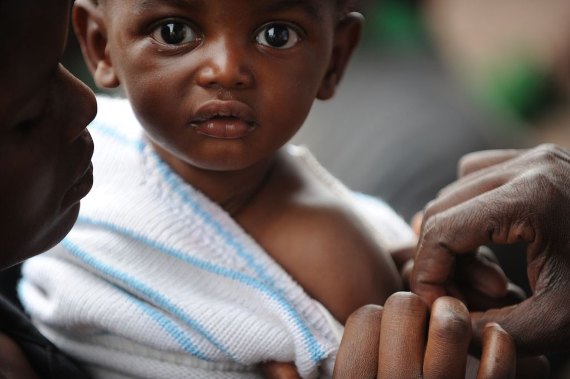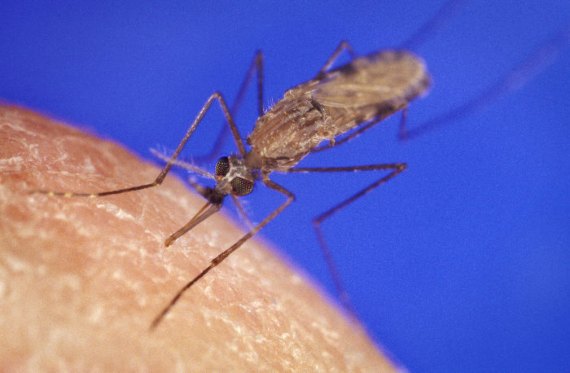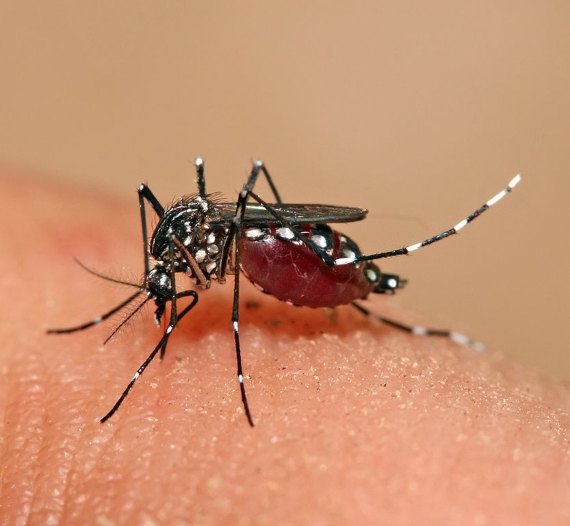Over the last century the Earth’s average temperature has risen by nearly one degree. This global warming is altering the patterns of distribution and behaviour of many species. The microorganisms that produce infectious diseases, or the biological vectors that transmit them—mostly arthropods—are no exception. The effects that climate change has on them, and therefore on our health, are difficult to measure and combat, but we are already glimpsing some of the possible future scenarios towards which we are heading.
Long before Pasteur suggested that microorganisms were responsible for most infections, we had already observed that climate affected the transmission of disease. For example, Roman aristocrats retired each summer to their mountain residences to avoid malaria epidemics.
Pathogens vary in size, type and transmission mechanisms: they range from infinitesimal viruses or bacteria to fungi or parasites. They all need specific environmental conditions to reproduce and spread. Extreme weather events, which accompany global warming, particularly affect the distribution of diseases transmitted through water or biological vectors such as mosquitoes, a set of pathologies that are currently more frequent in tropical areas and in places with problems of access to drinking water and sanitation.

As global warming progresses, the now dry regions will become even drier and the wet regions will become wetter. “During droughts, water scarcity leads to poorer sanitation, and people are exposed to potentially contaminated water. Excessive rainfall and flooding also contribute to increased water-borne epidemics,” explains Emily Kate Shuman, an infectious disease expert at the University of Michigan in the United States. The World Health Organization estimates that by 2030 there will be 10 percent more diarrheal diseases, spread through contaminated food or water, than there would have been without global warming. These conditions will harm the weakest: children under five, for whom they are already the second leading cause of death.
Dengue and malaria
The diseases most studied with respect to their risk of spreading due to climate change are malaria—caused by the Plasmodium parasite and spread by various species of the Anopheles mosquito—and dengue—a virus whose main vector is another mosquito: Aedes aegypti. “For example, tropical mosquitoes such as the Anopheles species, which transmit malaria, require temperatures of at least 16°C to complete their life cycle,” says Shuman. “In addition, the populations of natural predators of these mosquitoes are greatly reduced during the rainy season,” she adds. Thus, high temperatures can make them more active, while increased rainfall can influence their ability to spread. In India, the relationship between malaria and extreme weather events has been studied in depth. The UN asserts that the risk of malaria epidemics increases fivefold in the years following the El Niño phenomenon. Excessive monsoon rains and high humidity have a significant influence on the increased reproduction and survival of Anopheles.

Dengue is the most important arthropod-borne disease in terms of annual infections and mortality. Today, half of the world’s population is exposed to this virus. The main vector of transmission, the Aedes aegypti mosquito, lives in urban areas of tropical countries. However, in recent years it has expanded and has already been introduced in Europe. Temperature and humidity are the most important factors influencing dengue transmission dynamics. An increase in these can lengthen the dengue season in endemic areas and promote the establishment of dengue in new areas, such as southern Europe or the United States.
For Shuman, “there are a lot of examples that suggest that climate change has already caused the introduction of certain diseases in areas where they were not.” The most recent and well-studied case is that of the fungus Candida auris that appeared in Japan in 2009. Over the last decade, it has expanded rapidly to five continents, reaching the UK in 2013 and infecting more than 200 patients since then. Researchers believe that global warming is the cause of its rapid expansion. “The reason fungal infections are rare in humans is because most of them cannot grow at body temperature. As the global temperature rises, organisms like C. auris have adapted to the heat and survive the hitherto protective temperature of the human body,” says microbiologist Arturo Casadevall of Johns Hopkins University in the United States.
Initiatives to prevent the spread
Predictive models of how climate change will affect the spread of disease have been applied primarily to malaria and dengue fever. According to the UN, a 2-3°C increase in the average global temperature would increase the number of people at risk of malaria by 3-5%, or several hundred million. With regard to dengue fever, the most pessimistic climate forecasts suggest that it could reach the United Kingdom by 2100.
In addition to fighting global warming with measures such as reducing emissions or saving energy, the most recent initiatives to prevent the spread of these diseases seek to eliminate the mosquitoes that act as vectors.
In 2016, Brazilian health authorities conducted in Piracicaba, in the state of São Paulo, the first test to release male transgenic A. aegypti mosquitoes. The British company Oxicet, a spin-off from Oxford University, genetically modified these mosquitoes so that they would be dependent on the substance tetracycline and produce offspring incapable of surviving —both transgenic mosquitoes and their offspring die within a few days.

When released into the environment, transgenic mosquitoes competed with wild mosquitoes for females, but produced unviable offspring in the absence of tetracycline. The result of the test was that in that locality the number of cases of dengue decreased by 91%. Since then, more successful tests have been carried out in places in Panama and Malaysia.
The latest has been in Burkina Faso, where a transgenic fungus has been tested in 2019 to kill mosquitoes that spread malaria. Still, it is too early to know the long-term implications or effectiveness of these modified organisms, but they may end up being the definitive strategy for keeping these diseases at bay.
Comments on this publication